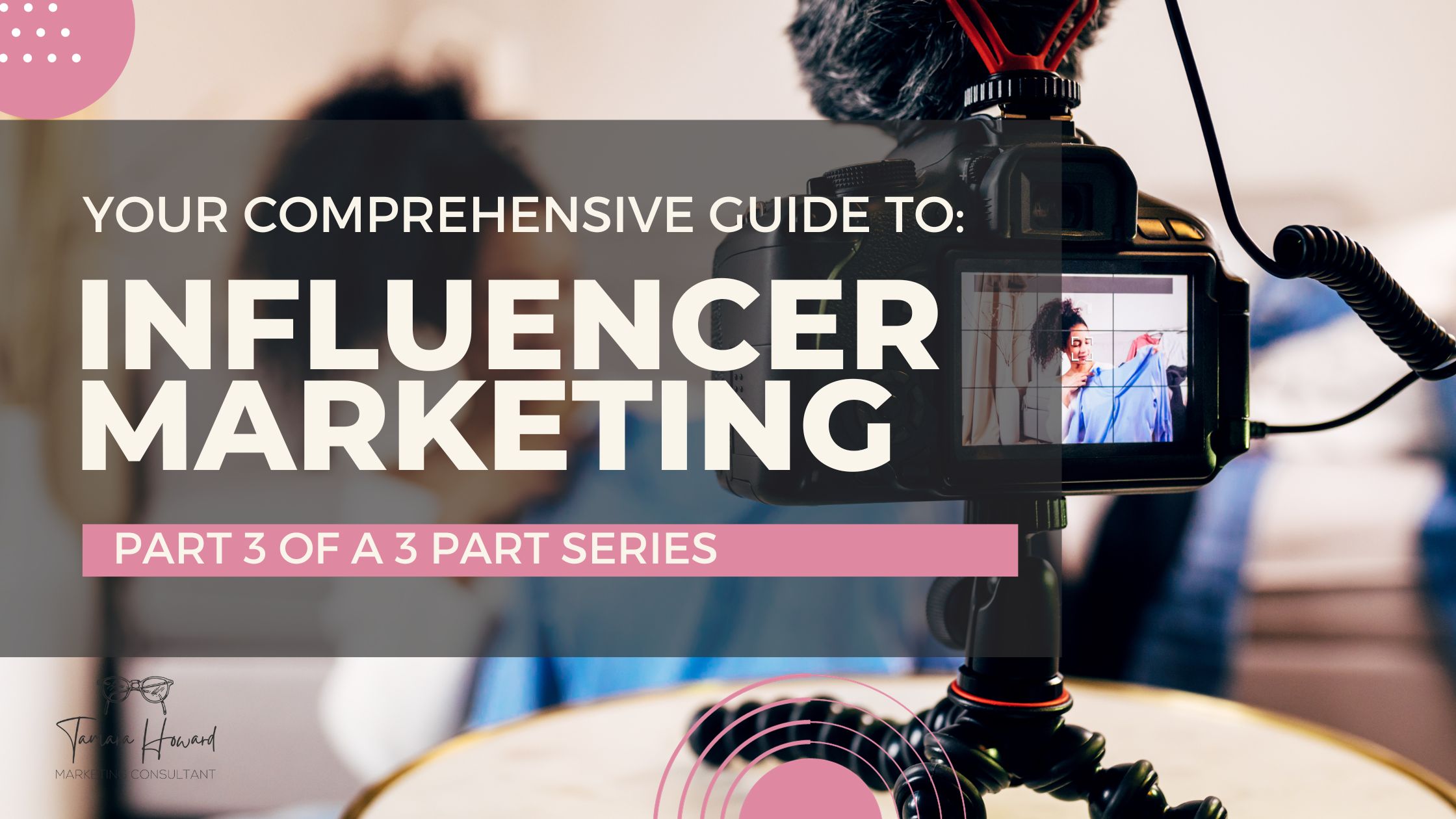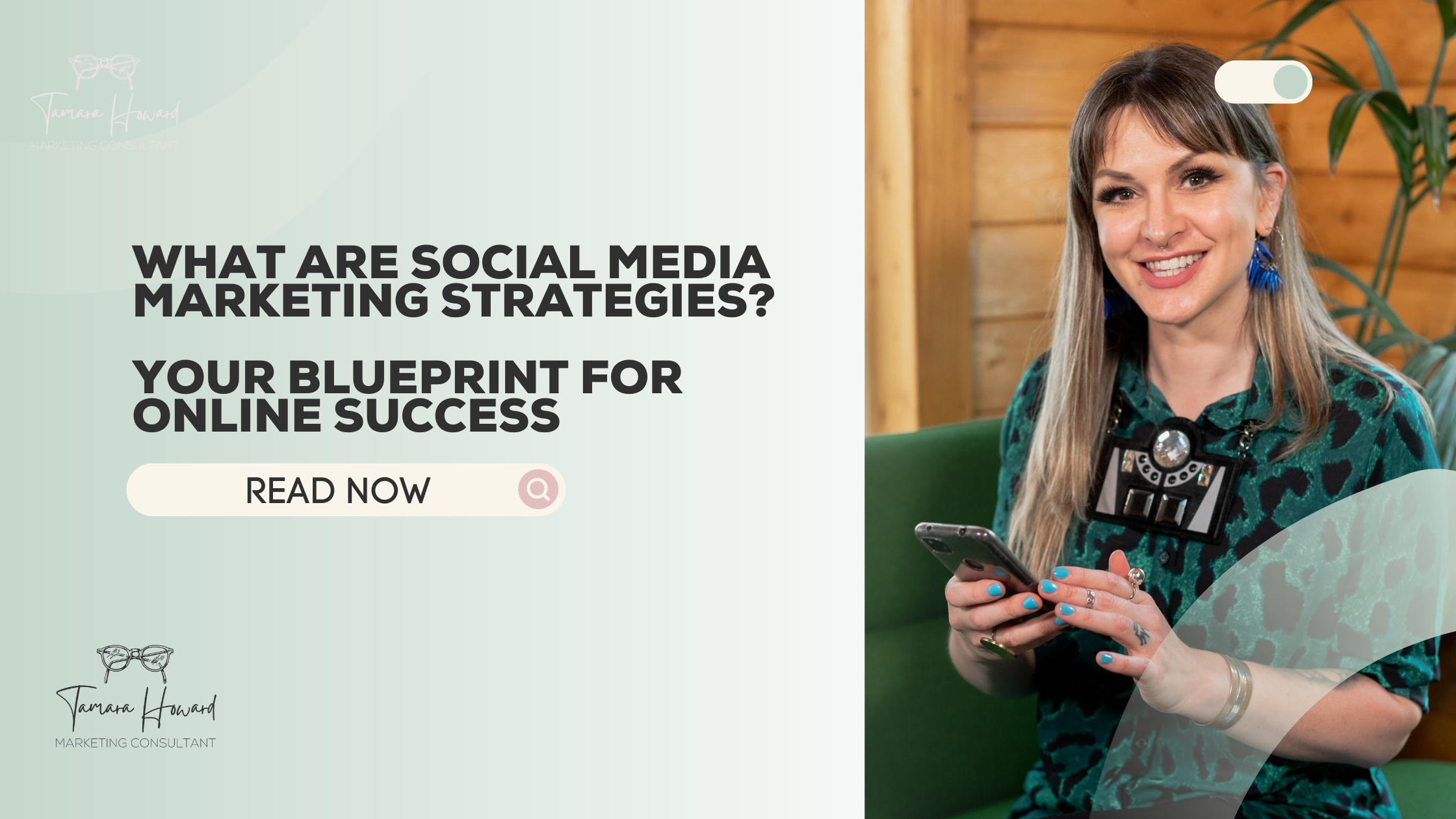In this final instalment of our influencer marketing series, we’re going to tackle one of the most crucial aspects: measuring success.
How Do You Measure the Success of Your Influencer Marketing Campaigns?
You’ve set your goals, chosen your influencers, and executed your campaign. Now, how do you determine if it was a success? It all boils down to Key Performance Indicators (KPIs). These might include engagement rate, reach, website traffic, lead generation, and conversion rates. Tailor these KPIs to match your initial objectives for a clear picture of your campaign’s impact.
What Metrics Should You Focus On?
Understanding which metrics to track can make or break your analysis:
- Engagement: Likes, comments, shares, and overall interaction levels.
- Reach and Impressions: How far your content has traveled and how many eyes have seen it.
- Click-Through Rate (CTR): The percentage of viewers who click on the provided links.
- Conversion Rate: The percentage of users who take the desired action, like making a purchase.
- Return on Investment (ROI): The financial return compared to the amount spent on the campaign.
How Do You Analyse and Interpret These Metrics?
Analyzing these metrics requires a blend of quantitative and qualitative approaches. Tools like Google Analytics, social media insights, and influencer reporting can provide the numbers. But, don’t ignore the qualitative side – the sentiment in the comments, the quality of engagement, and the alignment with your brand’s image.

Refining Your Strategy: What Adjustments Should You Make?
No campaign is perfect, and there’s always room for improvement. Use your findings to refine your strategy:
- If an influencer’s content didn’t resonate as expected, consider a different content approach or influencer style.
- If certain types of posts performed exceptionally well, plan more of those in future campaigns.
- Look for patterns in engagement to understand the best times to post or the most effective content formats.
- Staying Ahead of the Game: How Do You Keep Up With Trends?
- Influencer marketing is an ever-evolving field. Stay updated with the latest trends, platform updates, and influencer activities. Attend webinars, follow industry blogs, and keep an eye on successful campaigns in your sector and beyond.
Evaluating ROI: Are You Getting Your Money’s Worth?
Calculating ROI is more than crunching numbers; it’s about understanding value. A successful campaign might not always have immediate sales increases but can lead to long-term brand loyalty and customer trust. Consider both short-term gains and long-term brand-building benefits in your ROI calculation.
Building Long-Term Influencer Relationships: Why and How?
Developing long-term relationships with influencers can lead to more authentic, impactful collaborations. When influencers become genuine fans of your brand, their endorsements are more heartfelt and persuasive. Consider creating an ‘influencer pool’ for ongoing collaborations, making your influencer marketing more streamlined and effective.
Conclusion: Wrapping Up Your Influencer Marketing Journey
We’ve covered the A to Z of influencer marketing in this series. From understanding the basics to crafting a strategy and measuring its success, you’re now equipped to harness the power of influencer marketing. Remember, it’s a continuous learning process, and adaptability is key. Keep experimenting, keep measuring, and keep refining.




